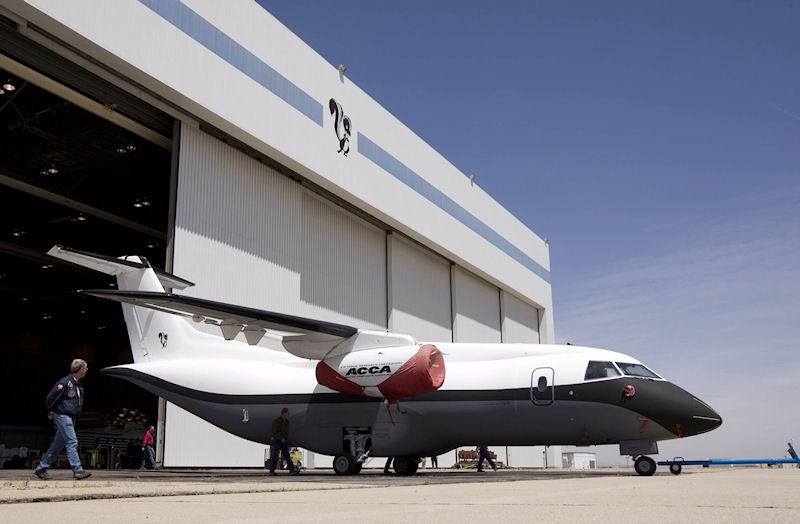 "Cé hé sin" (michael-m-mouse)
"Cé hé sin" (michael-m-mouse)
07/31/2015 at 14:23 • Filed to: Dornier, Do 317, Planelopnik
 1
1
 4
4
 "Cé hé sin" (michael-m-mouse)
"Cé hé sin" (michael-m-mouse)
07/31/2015 at 14:23 • Filed to: Dornier, Do 317, Planelopnik |  1 1
|  4 4 |
Is it a boat? Is it a plane?
Yes, actually.
Have a Dornier 317, a prototype for a heavy bomber to be used by the Luftwaffe in WW2. It was based on the existing Do 217 but with the addition of a pressurised cabin. Power was by a pair of Daimler DB 603 inverted V12s. No, I don’t know why turning an engine upside down would be a good idea. In the event it didn’t provide any significant advantage over the 217 and was abandoned.
After the war German companies were banned from making planes so Dornier moved to Spain and then Switzerland before they returned to Germany after the ban was lifted. Subsequently the company was bough by Daimler who split them into various subsidiaries and later sold the aircraft division to Fairchild in America, who went broke. Other subsidiaries became part of EADS and then Airbus.
You can still buy the Do 228, most parts come from HAL in India and final assembly is in Germany by a Swiss company called RUAG.

 ttyymmnn
> Cé hé sin
ttyymmnn
> Cé hé sin
07/31/2015 at 14:30 |
|
I have read that the engine was inverted in the Bf-109 for ease of maintenance and improved visibility over the cowling. That’s it. And once you have an effective mounting system, you just carry that over to other aircraft that use the same engine.
 You can tell a Finn but you can't tell him much
> Cé hé sin
You can tell a Finn but you can't tell him much
> Cé hé sin
07/31/2015 at 14:37 |
|
ttyymmnn is on as far as what I’ve seen for advantages of an inverted vee engine. In a single engine fighter you have the narrowest part of the engine up high which allows for a narrower cowl. Wikipedia give this:
!!! UNKNOWN CONTENT TYPE !!!
Some inline aircraft engines, including the de Havilland Gipsy Major used in the de Havilland Tiger Moth , and the Daimler-Benz DB 601 used in the Messerschmitt Bf 109 , were designed to be installed in airframes inverted, such that the crankshaft was at the top of the engine and the cylinder heads were at the bottom. The advantages of inverted engines included improved visibility for the pilot, improved access to cylinder heads and manifolds for the ground crew, [5] [6] [7] having the centre of mass of a multi-bank engine lower in the engine, and having the widest part of a multi-bank engine being closer to the midline of the fuselage, which is also generally wide. [5]
 Margin Of Error
> Cé hé sin
Margin Of Error
> Cé hé sin
07/31/2015 at 14:38 |
|
I like those planes with Solarium at the front
 facw
> Cé hé sin
facw
> Cé hé sin
07/31/2015 at 20:53 |
|
You can still buy the Do 228, most parts come from HAL in India and final assembly is in Germany by a Swiss company called RUAG.
An of course the most modern Dornier is the Lockheed X-55 which is a significantly modified Dornier 328JET built for testing advanced cargo aircraft technology:
